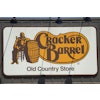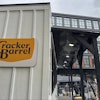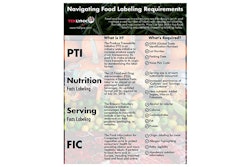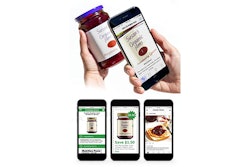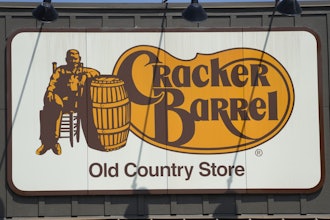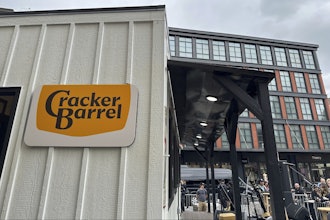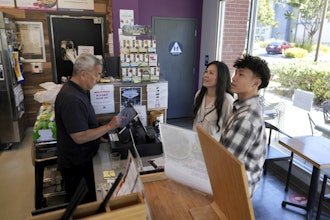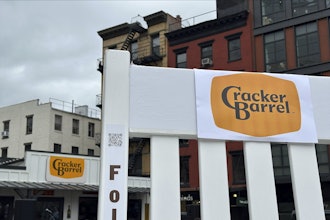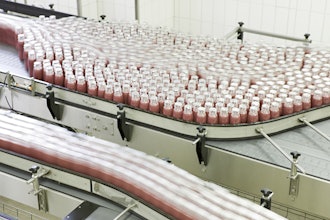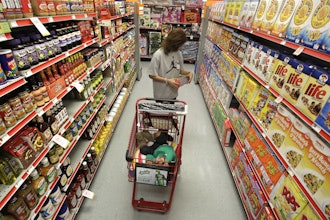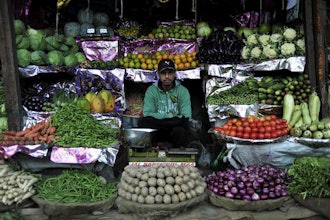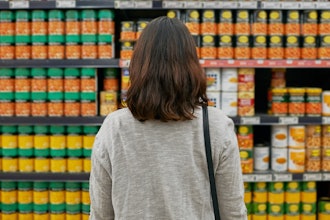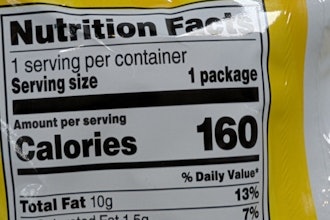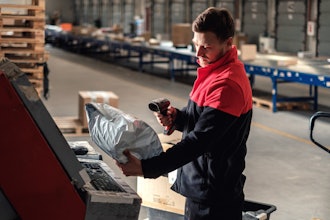Letter worship has become a natural habit of anyone involved in food production. In a world where a missing decimal point is a critical print defect leading to a product line recall, it is vital to detect every typo and error in labeling swiftly and reliably. However, cosmic production speeds and multitudes of items to process make it nearly impossible to control packaging and labeling issues manually. Fortunately, the digital era has brought the food industry the solution, and this is automated visual inspection — the use of computer vision algorithms for quality check of various products.
Making the Inspection Automated
The food production chain includes several crucial steps requiring close inspection of a product. The last, but not least, of them is checking if the label is correct. Misbranding, incorrect positioning and typos in ingredient descriptions must be avoided to ensure the product conforms to current Good Manufacturing Practices.
However, human inspectors are unable to perform visual inspection quickly enough to ensure reasonable production efficiency. The maximum frame rate for a human to perceive what they see as different images is limited to 10-12 images per second. With the conveyor belt moving at 20 inches per second (500 mm/sec) and faster, it might become impossible for a human not only to carefully examine the details of a label but also to discern different labels, if the inspected objects are small. At the same time, a machine is able to process visual information at much higher speeds — processing from 30-60, and up to hundreds and even thousands of frames, per second. In view of this, automation of inspection becomes inevitable.
A typical automated visual inspection system consists of a light source, a camera, processing and sorting equipment, and software that analyzes images, makes decisions on product quality and takes action accordingly.
Image analysis software performs inspection in several steps:
- Image preprocessing (removing noise, enhancing edges, etc.)
- Image segmentation (breaking an image into some meaningful regions)
- Feature extraction (defining regions and points of interest)
- Classification (making a decision on the analyzed object, a pass/fail test being the simplest case)
These steps are based on a set of state-of-the-art computer vision algorithms, including a variety of machine learning methods (convolutional neural networks, support vector machines and decision trees). These are "smart" algorithms trained to perform specific tasks such as recognizing products of a particular brand and ensuring uniformity/consistency of their labeling. That’s why image analysis software, in most cases, is custom and tailored to specific needs of a customer.
Looking for Labeling Defects
Among many applications of automated visual inspection in the food and beverage industry, detecting labeling issues is the one that’s most mature and widely used by manufacturers. The inspection process, in this case, includes a range of major tasks, such as position checking, character recognition and barcode verification.
Checking the Position
Incorrect positioning might be the most mundane but still-important problem that automated visual inspection looks for. First, the system checks if the label is in its place. Then, it inspects label positioning to ensure that it is oriented correctly.
Recognizing Characters and Deriving Their Meaning
Optical Character Recognition (OCR) is one of the most successful applications of computer vision, with up to 99 percent accuracy of Latin typewritten text recognition and 100 percent accuracy of recognizing typed numbers. Besides that, recent advances in machine learning allow image analysis software not only to identify letters but also, to some extent, understand the meaning of a line and make a conclusion based on this information.
The latter can be useful in handling labeling issues concerning errors and inconsistencies in ingredient descriptions. Take, for example, a recent recall of lemon tarts packs. Although the “Ingredients” label stated that the product contained cashews, the allergen warning statement (“Contains”) didn’t specify this potentially dangerous ingredient. In this case, an algorithm learned to match the two labels and specifically look for allergenic ingredients could notice the inconsistency and warn the manufacturer before the product went on sale.
Reading Codes
Barcodes contain essential information on both the manufacturer and the product. Incorrect barcode labeling might cost a fortune if not revealed in a timely manner, so it should be checked as well. In the past, barcodes were scanned with laser readers, yet this method had its limitations, such as the inability to locate a barcode automatically and read multiple barcodes. Besides that, a laser-based reader is unable to check the code against the product appearance.
Using a state-of-the-art approach to barcode scanning, a camera-based reader can locate and interpret multiple barcodes regardless of their size and position, and this tool can be implemented as one of many features of an automated visual inspection system.
Making Decisions
Based on visual data derived from product labels, an automated visual inspection system makes informed decisions on their correctness and can take action accordingly. For example, it can automatically discard a product line with a labeling issue revealed or simply alert human workers on the problem found. With the false-negative and false-positive rates of automated visual inspection systems constantly improving, they tend to save manufacturers more and more time, effort and money.
About the author
Oksana Bandura is a general radiologist with 3-plus years of working experience. Now she works as an image analysis researcher at ScienceSoft, a software development and consulting company. Based on her knowledge and skills gained in clinical radiology, as well as working experience in IT, Oksana monitors the computer vision industry and writes articles on the state of the art in medical and industrial image analysis. For more information, email her at [email protected].


